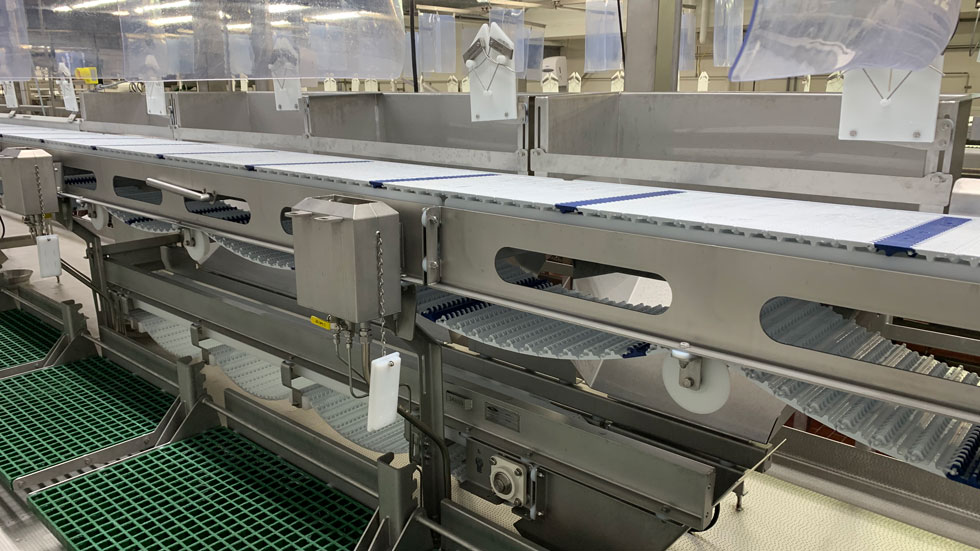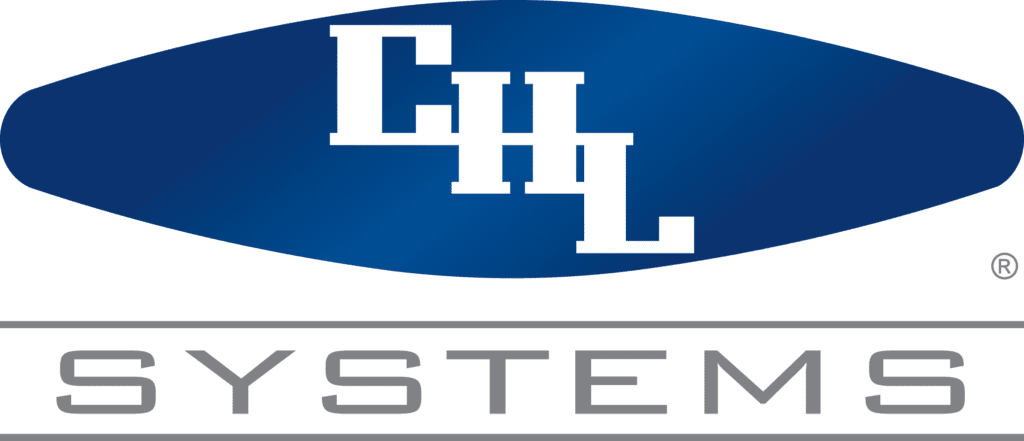1. Product or Material
The product or material you’ll be moving is essential to consider before buying a conveyor. What is the product’s moisture content? Temperature? Abrasiveness? Each unique product characteristic factors into the type of conveyor that is needed to move the product most effectively.
2. Size and Design
The types of conveyors used in the food industry vary in size and design. Therefore, considering your facility’s layout and floor space when buying a conveyor will help you determine if you need a compact conveyor system or can incorporate a larger one.
3. Environmental Conditions
As you consider purchasing a conveyor system, you will want to be sure that you carefully assess the environmental conditions of your facility. In the food industry, conveyors may need to endure the cold conditions of a freezer or the extreme heat of an oven. Additionally, washdown conveyors are typically disassembled daily for cleaning and washed with harsh chemicals.
Each of these unique environmental conditions can affect the design, materials and components used in the conveyor system. For example, a dry environment would require different equipment than a wet environment, and special equipment may be needed for open ignition sources.
4. Scalability and Flexibility
When purchasing a conveyor system for your facility, you can maximize the return on your investment by choosing a system that can be reconfigured or scaled up. Equipment that is capable of quick changeovers and customization for different processes will enable your business to increase production more easily when demand rises.
5. Belting
The belting of food conveyor systems is just as important as the equipment, especially when it comes to food safety. For example, abrasion- and wear-resistant conveyor belts can prevent contaminants from becoming trapped in the surface of the belt while antibacterial-grade belting further promotes food safety by preventing the growth of microbes on the belt’s surface.
By choosing the conveyor belting that is appropriate for your product type and production environment, you can ensure that you adhere to FDA health and safety regulations.
6. Pricing
Buying a conveyor system is not just a purchase; it’s an investment in your business. As with any investment, calculating the cost is an essential step.
While focusing on cost-effective solutions can maintain your bottom line, purchasing a low cost conveyor may leave you with equipment that constantly needs repairing. However, if you opt for an expensive conveyor, there’s a chance it may not be worth the money.
Working with a trusted conveyance expert will help you find the right balance between cost and functionality, helping you secure the best food conveyors for both your facility and budget.
Takeaway
When you are ready to begin the process of shopping for a conveyor system, working with a seasoned conveyance expert is the best way to ensure a seamless experience. With these factors in mind, you will be prepared to start the conversation with your conveyance partner and equipped to ask the right questions that will guide you to the conveyance solution that meets your needs.


